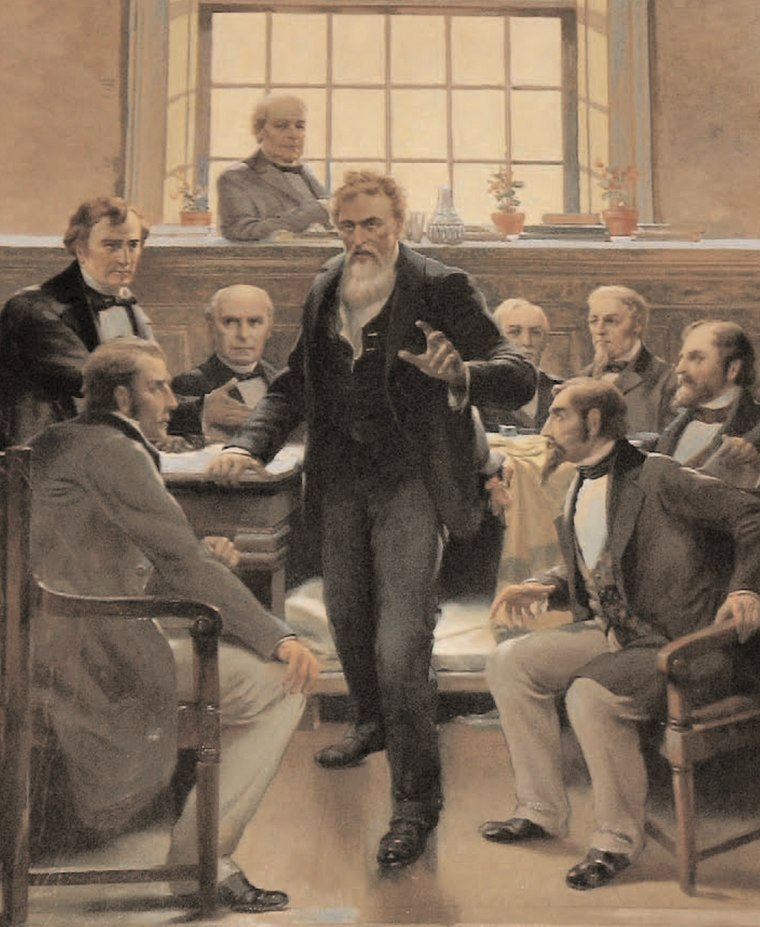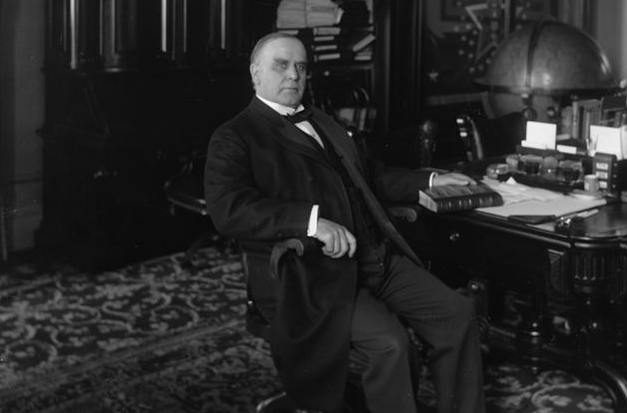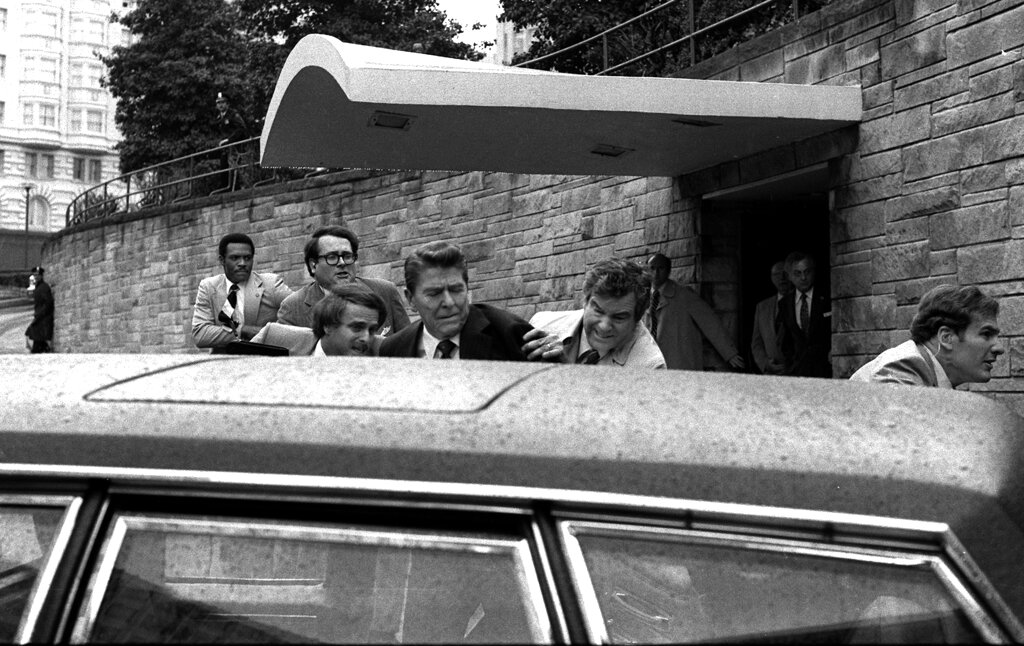The Assassination Fire Is Burning, Threatening To Spread Across America If Not Stopped
Our history suggests that seasons of assassination stand out as times when citizens lose confidence in the ability of democratic institutions to resolve disputes.

As Congress investigates the first assassination attempt on President Trump’s life, the nation is reeling from a second. The sequel may be a harbinger, as one act of political violence often inspires others. To stop the spread, we need cool waters of peace to douse the flames of rage.
Waving revolvers, four presidential assassins perform “The Gun Song” in “Assassins” by Stephen Sondheim. “All you have to do,” they sing in the ode to triggers, “is move your little finger, and you can change the world.” It’s both a catchy tune and a tempting idea to deranged and radical minds.
Looking back at American history, one can see that political assassination seasons stand out as times when citizens lost confidence in the ability of democratic institutions to resolve disputes. It happened in the years leading up to President Lincoln’s murder and, a century later, during the upheaval over Civil Rights and war in Vietnam.
On the Senate floor in 1856, a member from the South beat one from the North within an inch of his life over a speech criticizing slavery. At Harper’s Ferry, Virginia, in 1859, an abolitionist, John Brown, killed five people while attempting to deliver the freedom that the federal government would not.

In 1854, President Pierce thought democratic elections would settle the question of whether Kansas would be admitted as a slave state. Instead of leaving the results to chance, though, the factions started killing each other; the result was known as “Bleeding Kansas.”
By the time President Lincoln was elected in 1860, he had to sneak into Washington for his inauguration. The Great Emancipator escaped attempts on his life until 1865 when, at Ford’s Theater, John Wilkes Booth moved his little finger.
The murder of Lincoln and 600,000 dead marked the price of the Civil War. President Garfield fell to an assassin just 16 years after Lincoln but his killer, like the man who tried to shoot President Jackson in 1835, was unbalanced. Such men don’t tend to inspire copycats.
McKinley’s assassination in 1901 followed a worldwide trend that a German anarchist, Johann Most, described as “propaganda of the deed.” Americans had thought that because the republic allowed citizens to choose presidents, they’d be immune to the pressures then led radicals to target monarchs.

The madness receded until 1912 when a saloonkeeper, John Schrank, shot President Theodore Roosevelt, who was seeking a return to office. Illustrating how political violence weaves its way into the troubled subconscious, Schrank was driven by dreams in which McKinley urged him to kill TR.
Schrank failed to spark a trend. Nor did the would be assassin who fired at President Franklin Roosevelt in 1933, 17 days before his first inauguration. The supporters of Puerto Rican independence who tried to gun their way to President Truman in 1950 were another aberration.
As America boomed after World War II, complacency returned. That peace was shattered in 1963 at Dallas with President Kennedy. Before the decade was out, Senator Robert F. Kennedy, Martin Luther King, Jr., and Malcom X were all slain. There was a brief lull, but in the space of 17 days in 1975, two women pulled guns on President Ford.
In 1981, another assassin of the unbalanced variety, John Hinckley, shot President Reagan. The Gipper recovered and the nation emerged into an era of peace, prosperity, and optimism. The two-decade season of rage had ended. Battles over the future, although often heated, were once again settled with ballots not bullets.

Our latest interlude of tranquility ended when, in July, a bullet pierced Trump’s ear, but we can see its twilight began with recent attacks on members of Congress. The second attempt on the former president’s life this weekend may pour gasoline on the flames or douse them. It depends on the next pages in the American story.
The nation can usher in the kind of buoyant national mood that ended past assassination seasons. Words of condemnation are a nice start, but unless followed by soul-searching and action, expect them to ring hollow — drowned out by killers who decide democracy can’t change the world, but their little fingers just might do the trick.

